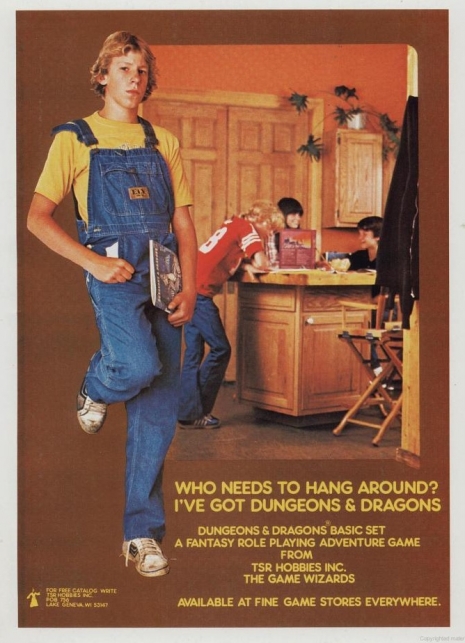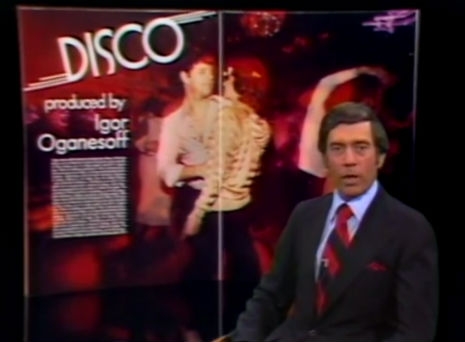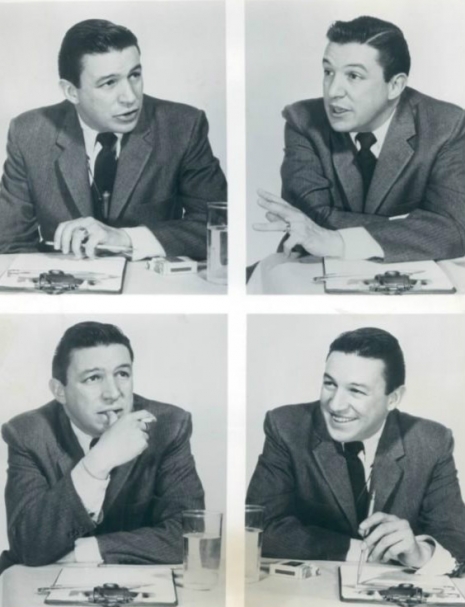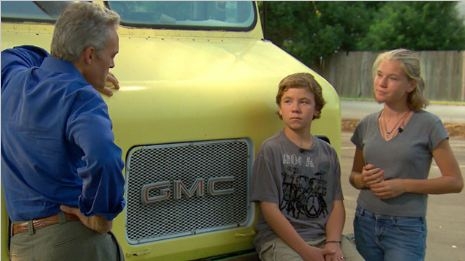
I’ve never really cottoned to 60 Minutes. I’ve always thought their approach was rather heavy-handed, pushing a simplistic line through bullying interviews and repetition of facts that might be considered innocuous when viewed in a sober frame of mind. One of the best takedowns of the 60 Minutes method comes from the talented writer Michael J. Arlen, who published a lengthy critique of the show in The New Yorker in 1977—and his criticisms stand up perfectly well in the present day, in my view. (You can read Arlen’s piece in his 1981 collection The Camera Age.)
In 1985 the show turned its attention to Dungeons and Dragons, and the results were predictably overwrought. The 1980s were an unusual time of “moral panic”—over drug use and satanism, sexual lyrics in rock songs and D&D and drunk driving—there was hardly an aspect of teens’ lives that parents couldn’t blow up into a huge threat to the safe and featureless suburbanism in which so many of the teens lived.

The 60 Minutes reporter on the case is Morley Safer, whose very calmness is an ideal conduit for the moral panic at issue. He idly puzzles over the funky-looking dice—one young enthusiast tells him that the 4-sided die is mainly used for damage from daggers and darts—before getting to the condemning testimonials, most heartbreakingly the sister of a teen who had committed suicide. An alarmist psychologist is trotted out—this one employed by the University of Illinois—I’m sure that such people would never use the moral panic to enhance their own bank accounts, no sir.
Fortunately, Gary Gygax himself is on hand as well, to supply a reasonable analogy to Monopoly, in which the money lost isn’t real. With the perspective of decades, it’s all too clear that D&D may at best have been a symptom of deeper problems like alienation and loneliness, rather than a driver of violent deaths.
Watch after the jump…











